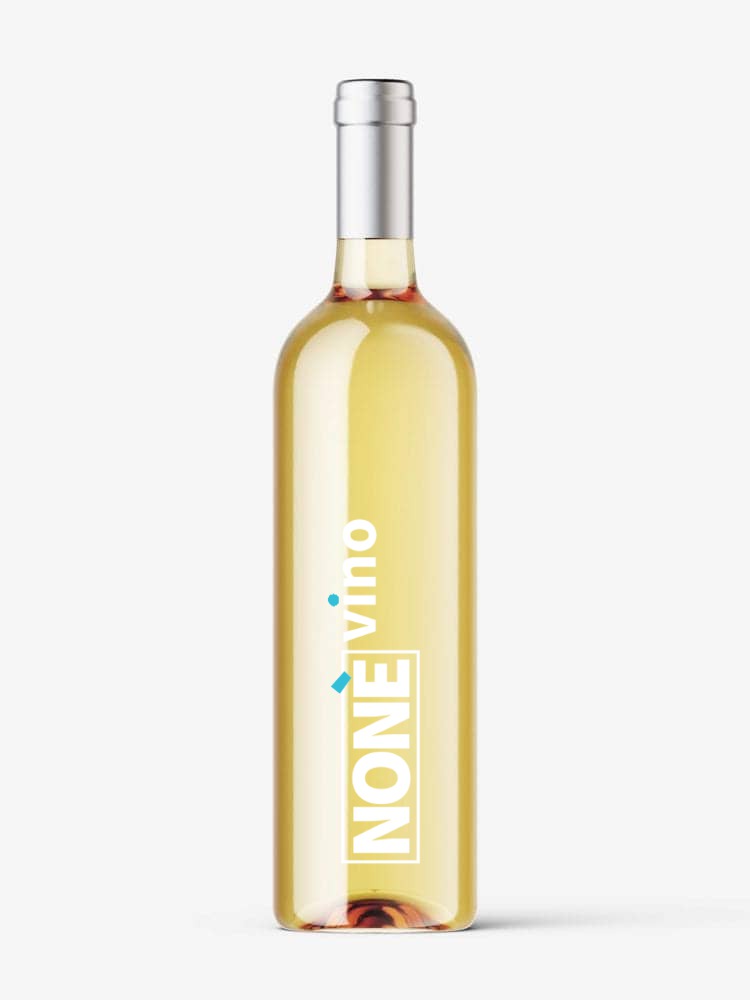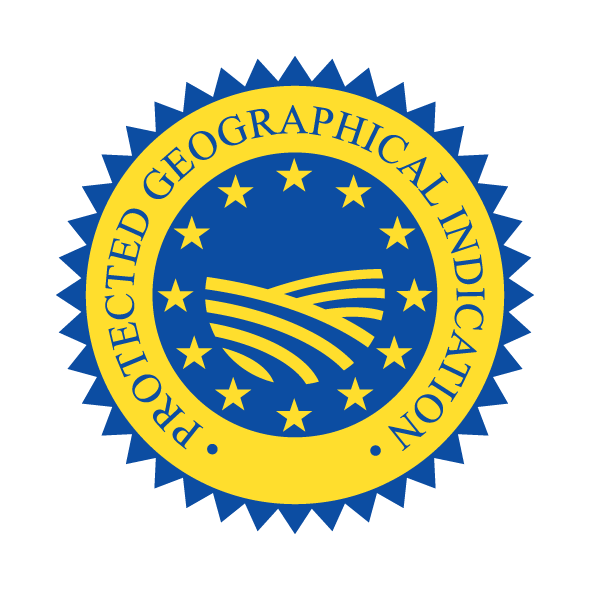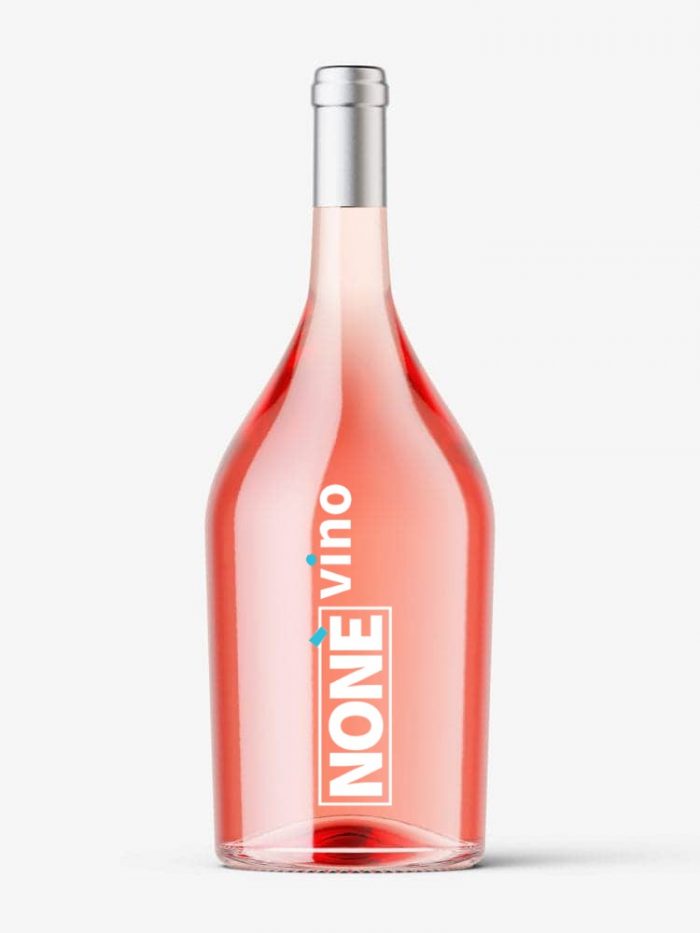Garganega
White Grape
Info
The white grape Garganega is grown in the regions of Abruzzo, Apulia, Basilicata, Emilia-Romagna, Lombardy, Marche, Molise, Sardinia, Umbria, Veneto.
Garganega is a very ancient vine, whose first official recognition seems to date back to 1200 in the famous treatise by Pietro de ‘Crescenzi in which we talk about Garganica, but it is certain that traces of this name and of the vine were there at least from the year 1000.
The municipality of Gambellara is the epicenter of an area with an ancient winemaking tradition in which the Garganega dominates to the point that it is also locally called “Gambellara”. It is also widespread in Puglia and Sicily, which in the latter region is cultivated under the name of “Grecanico Dorato”.
Wine Characteristics
From the Garganega grape a straw yellow colored wine is obtained, with a fairly intense, floral and fruity aroma. The taste is pleasantly balanced between freshness and softness, with a medium structure and a discreet taste-olfactory persistence.
Sauvignon
White Grape
Info
The white grape Sauvignon is grown in the regions: Abruzzo , Apulia, Basilicata, Calabria, Emilia-Romagna, Friuli Venezia Giulia, Latium, Liguria, Lombardy, Marche, Molise, Piedmont, Sardinia, Sicily, Tuscany, Trentino Alto Adige, Umbria, Veneto.
Sauvignon, also called Sauvignon Blanc, is a vine from the French area of Bordeaux, whose name derives from the term sauvage (wild), referring to its origins as a native vine of southwestern France.
It is one of the most common white grape varieties in the wine world, with which fresh white wines are produced with a marked varietal imprint. Thanks to its adaptability, the Sauvignon Blanc grape is grown with excellent results in France, Australia, New Zealand, South Africa, California, South America and Italy.
Wine Characteristics
From the Sauvignon grape a wine of a more or less intense straw yellow color is obtained. The nose is aromatic and characteristic, with floral and fruity notes. In the mouth it is soft and velvety, with warm, full-bodied, fine, harmonious and fairly persistent tones.






